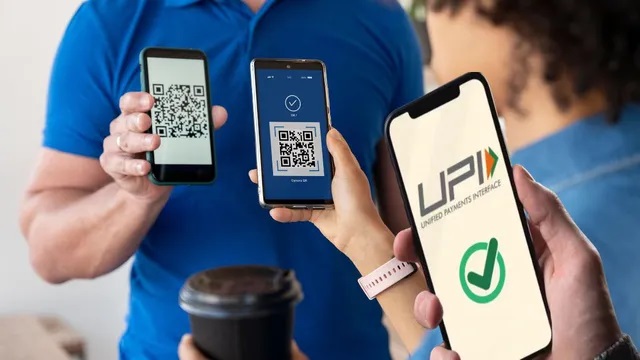The limit for sending money through UPI apps is set by the bank, based on the customer’s profile, risk assessment, and regulatory guidelines. Apps like Google Pay, PhonePe, and Paytm only allow payments up to your bank limit.
In India, the limit for sending money through UPI is now determined by individual banks, not by apps. Many users don’t know their bank limit, which leads to failed transactions. Apps like PhonePe, Google Pay, and Paytm only allow payments based on your bank’s limit.
Know and increase bank limit
Each bank sets limits based on its risk profile, past transaction history, and user activity. To find your bank limit, check the UPI or Fund Transfer section of your bank’s app. Sometimes, your limit may be reduced due to reasons like security blocks, phone or SIM changes, or UPI PIN resets.
Limit increase process
If you need to increase your limit, first look for the limit increase option on your bank’s app or website. Many bank apps have a “Manage UPI limits” option. The increased limit is immediately updated in the apps upon bank approval. If the bank has established a strict risk policy, the limit will not be increased immediately.
Security reasons and limitations
In some cases, banks impose temporary limits on high-value payments to prevent fraud. Adding a new device or beneficiary also requires a wait before the limit is increased. Additionally, limits may be temporarily reduced during festivals or promotions.
Solution options
If increasing your limit through an app isn’t possible, try using your bank’s app directly. Sometimes it’s easier to send larger amounts through net banking, IMPS, or RTGS.
Therefore, it is important for users to understand their bank’s UPI limit and adopt smart methods to increase the limit so that they can make large payments without any hassle.


